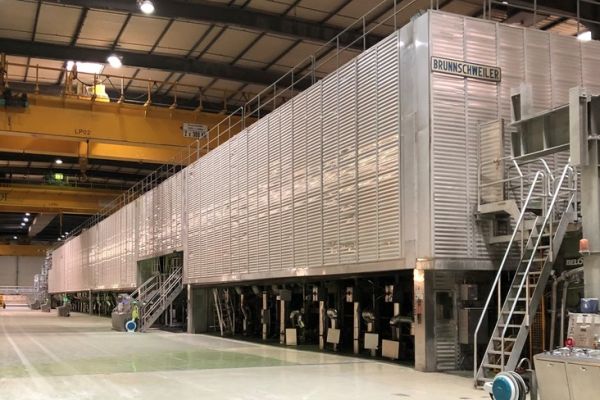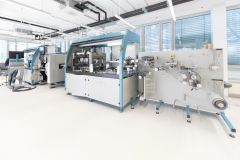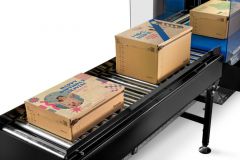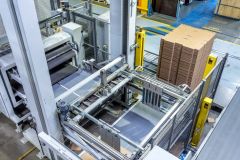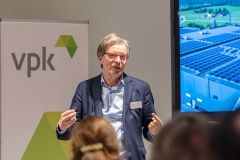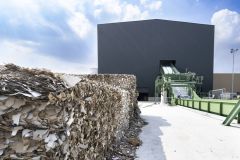Belgian group VPK has invested 200 million euros in the transformation of its Alizay plant, making it a model of sustainable production in the paper industry. This significant sum has been used to modernize the entire site, which is now capable of producing 500,000 tons of recycled board a year, with grammages ranging from 70 to 135 g/m². The plant, located in Normandy, also incorporates a recycling unit capable of processing 650,000 tonnes of recovered paper within a 250 km radius, underlining the impact of this investment on regional economic development and the reduction of the company's carbon footprint.
VPK has invested in a series of innovative technologies to optimize the plant's sustainability. One of the main advances is Valmet's OptiFeed Approach system, enabling efficient conversion of paper machines to recycled board production. This technical choice places the plant at the heart of a transition to more environmentally-friendly manufacturing.
Packaging innovation: Towards waste reduction?
In addition to cardboard production, the Alizay site has also added a corrugated packaging unit. This segment is essential to VPK's diversification strategy. These technologies aim to limit the use of superfluous materials, optimizing both packaging space and logistics costs. However, in a context of growing demand for customized packaging, the adaptability of production lines to these new technical constraints raises questions.
A drastically reduced carbon footprint
The central element of the VPK project remains the reduction of its carbon footprint. With its biomass boiler, the plant produces energy from local forest residues, avoiding the transportation of 35,000 tonnes of waste and limiting CO2 emissions by 7,000 tonnes per year. In addition, the site uses an anaerobic digester to transform organic waste into biogas. While this green energy production supplies part of the mill's needs, is it a model that can be reproduced on a large scale in other paper mills? And what is the cost of these installations for less well-funded mills?
Sustainability is not limited to production. VPK uses a multimodal transport network, including river transport, to limit emissions linked to the transportation of raw materials. This strategy optimizes the supply chain, but presents logistical challenges. Could the generalization of these transport methods in other regions encounter obstacles in terms of infrastructure or adaptation costs?
